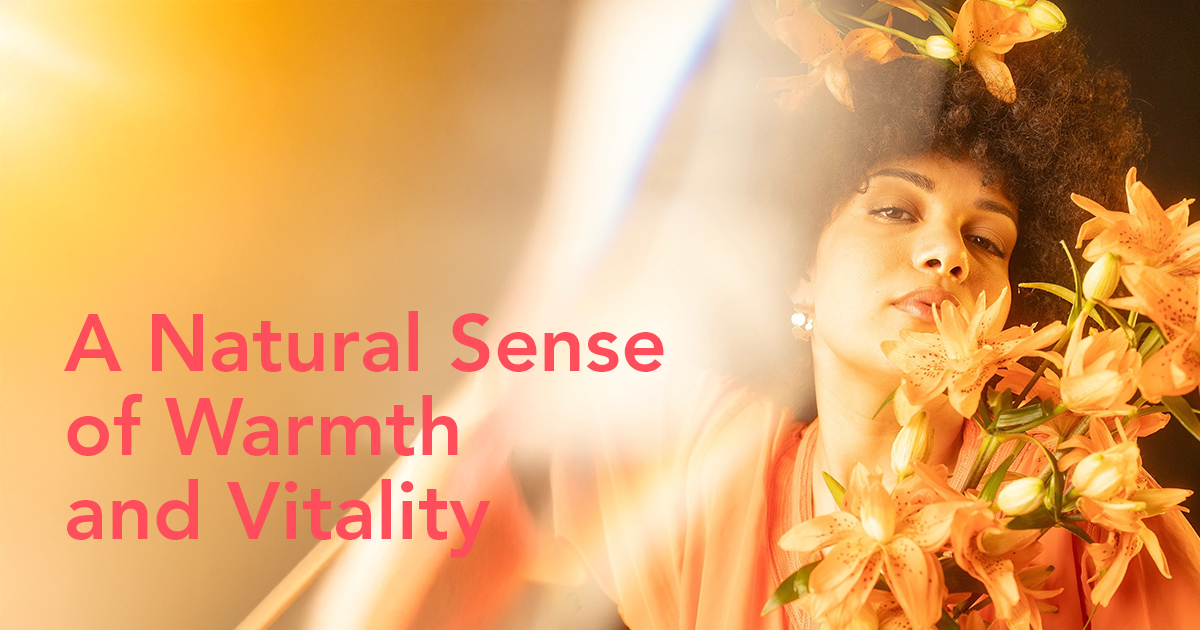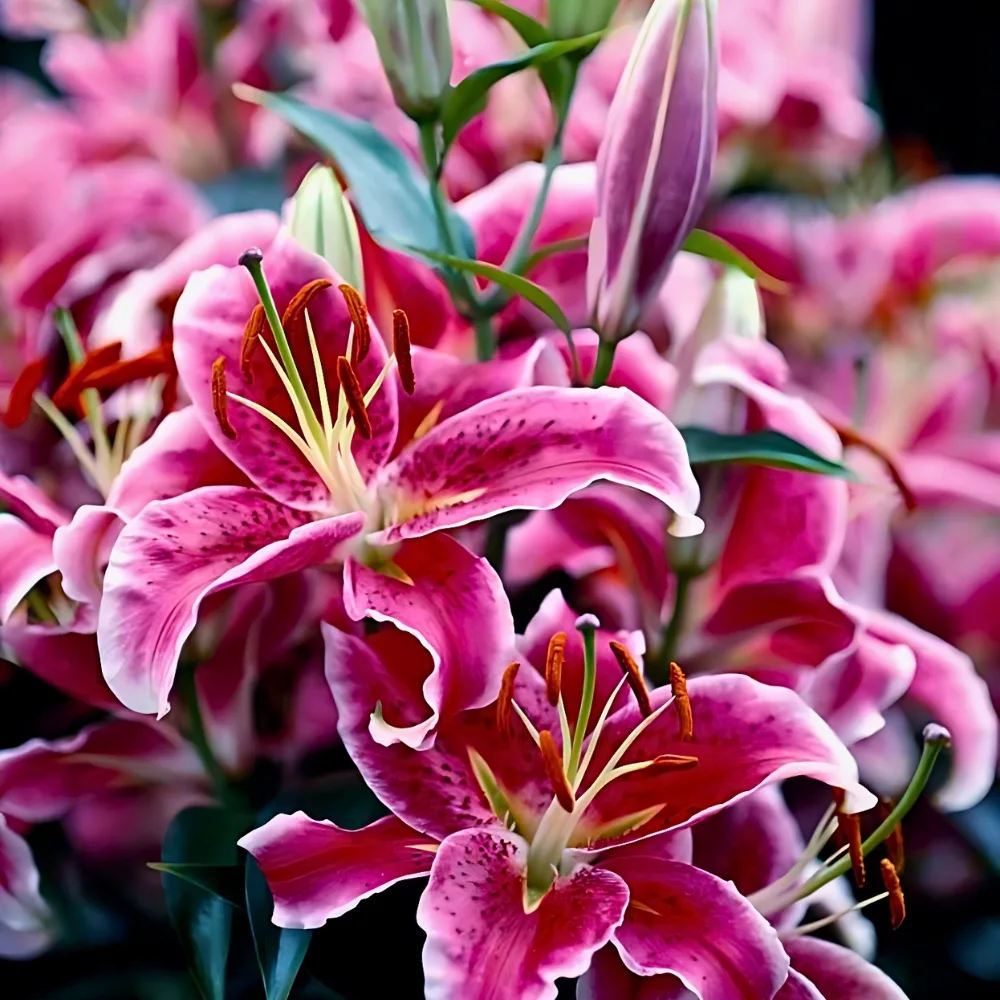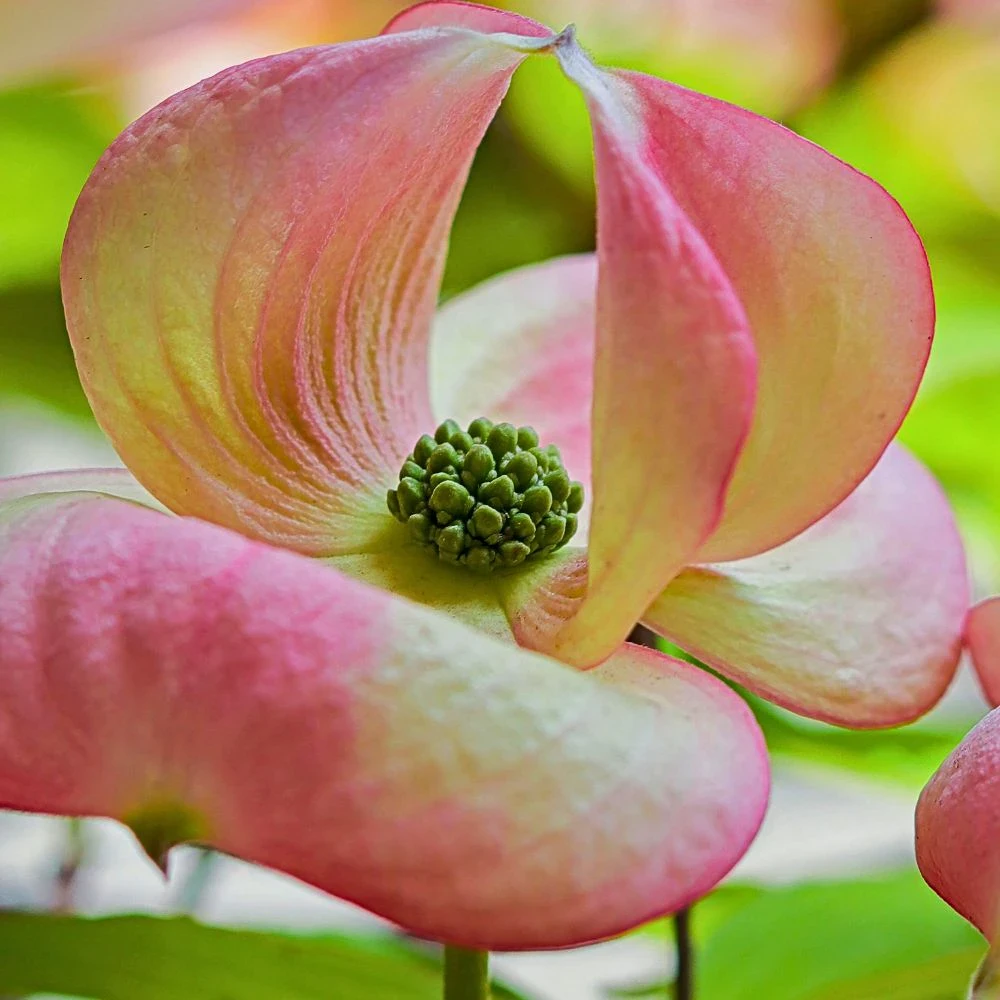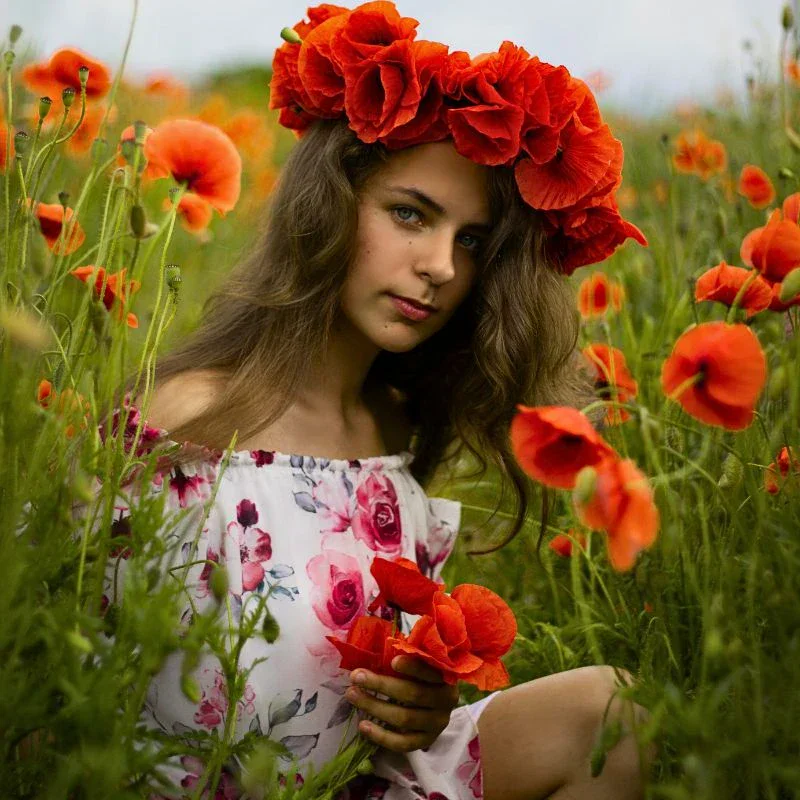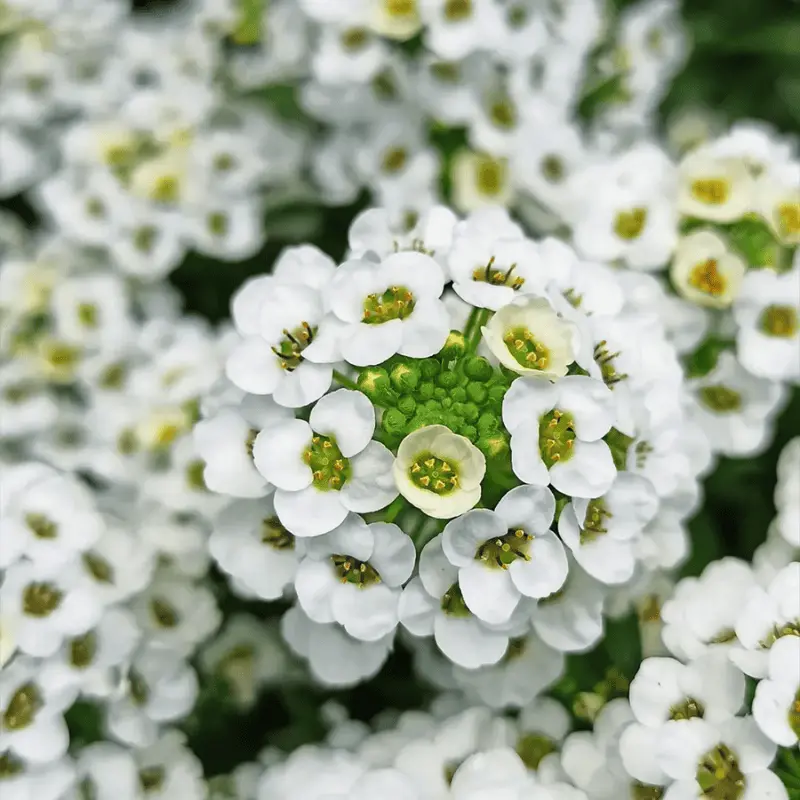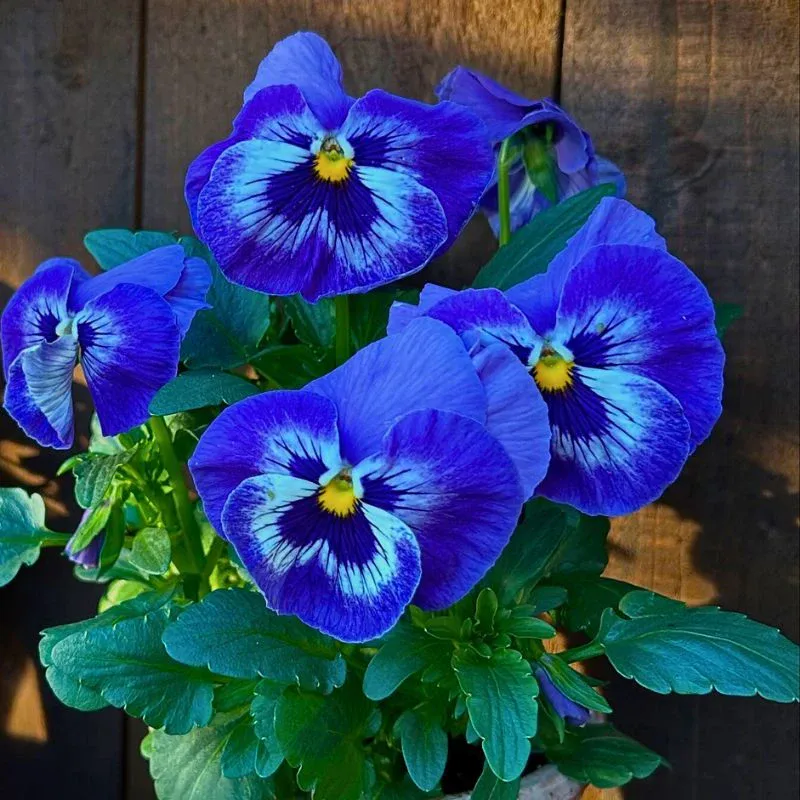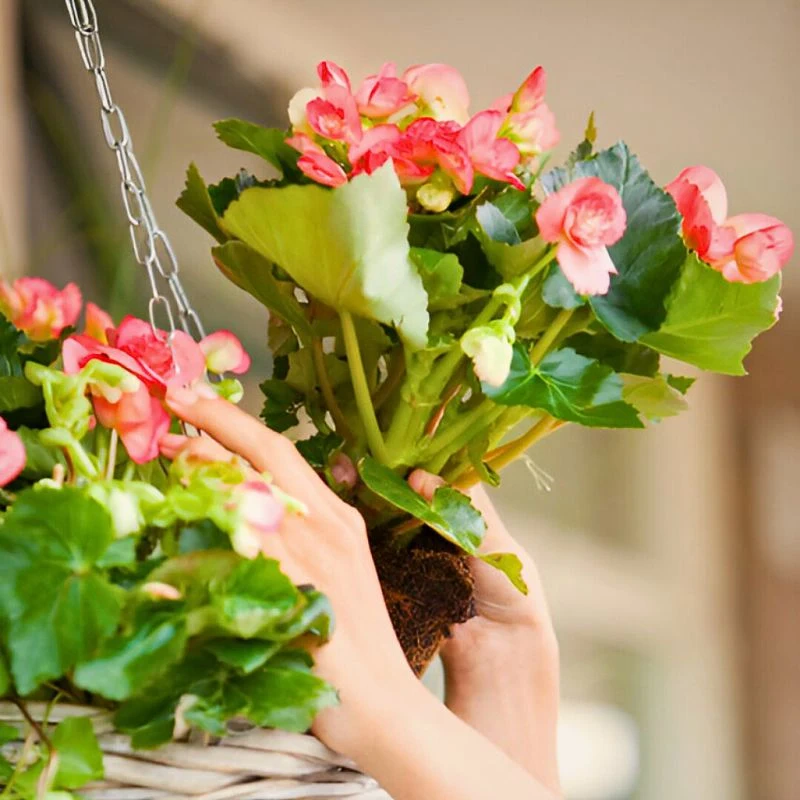Orange flowers carry a natural sense of warmth and vitality. Their color bridges the energy of red and the optimism of yellow, creating a tone that is both lively and balanced. In arrangements and gardens alike, they attract attention without demanding it.
From studio tables to open landscapes, orange flowers continue to hold meaning for designers, gardeners, and those who appreciate the quiet strength of color. This article explores what orange flowers represent, their best varieties, and how they can be used across floral and garden settings.
What Do Orange Flowers Mean?
The color orange often represents enthusiasm, renewal, and connection. In floral symbolism, it extends to friendship, confidence, and gratitude. These associations make orange flowers suitable for moments of encouragement and shared achievement.

In various traditions, orange is tied to transformation. In Eastern cultures, it suggests spiritual growth; in Western contexts, it reflects optimism and creativity. Orange flowers, therefore, speak to change — whether in relationships, careers, or personal milestones.
When gifted, they convey motivation and appreciation. In floral design, they bring a sense of balance to arrangements meant to uplift or energize. Combining orange with yellow highlights positivity, while pairing it with pink or white creates a tone of calm encouragement.
Types of Orange Flowers You Should Know
Orange flowers appear in countless forms, from delicate stems for vase arrangements to hardy plants and trees that shape entire landscapes. Below are varieties often appreciated for their design potential and adaptability.

The Best Orange Flowers for Floral Design
In design, orange flowers provide structure and warmth. They work well as accents or as the foundation of a color story.
Orange roses remain a reliable choice. Their tones range from light apricot to deeper copper shades. They’re often used in expressions of admiration and creativity. Spray rose varieties, such as those developed by Interplant Roses, are especially valued for consistent form and long vase life.

Gerbera daisies bring clarity to modern styling. Their circular shape and even petals give structure to both compact and open arrangements.
Marigolds add cultural and textural depth. Associated with remembrance and celebration in many parts of the world, they introduce both meaning and rhythm to compositions.

Tulips and Ranunculus are useful for spring collections. Their curved forms soften arrangements and complement pastel or cream color palettes.

Designers also incorporate Zinnias, Alstroemeria, and Strelitzia (Bird of Paradise) for variation in tone and silhouette. Whether arranged tightly for formal design or placed individually in freer compositions, orange flowers consistently create warmth and cohesion.
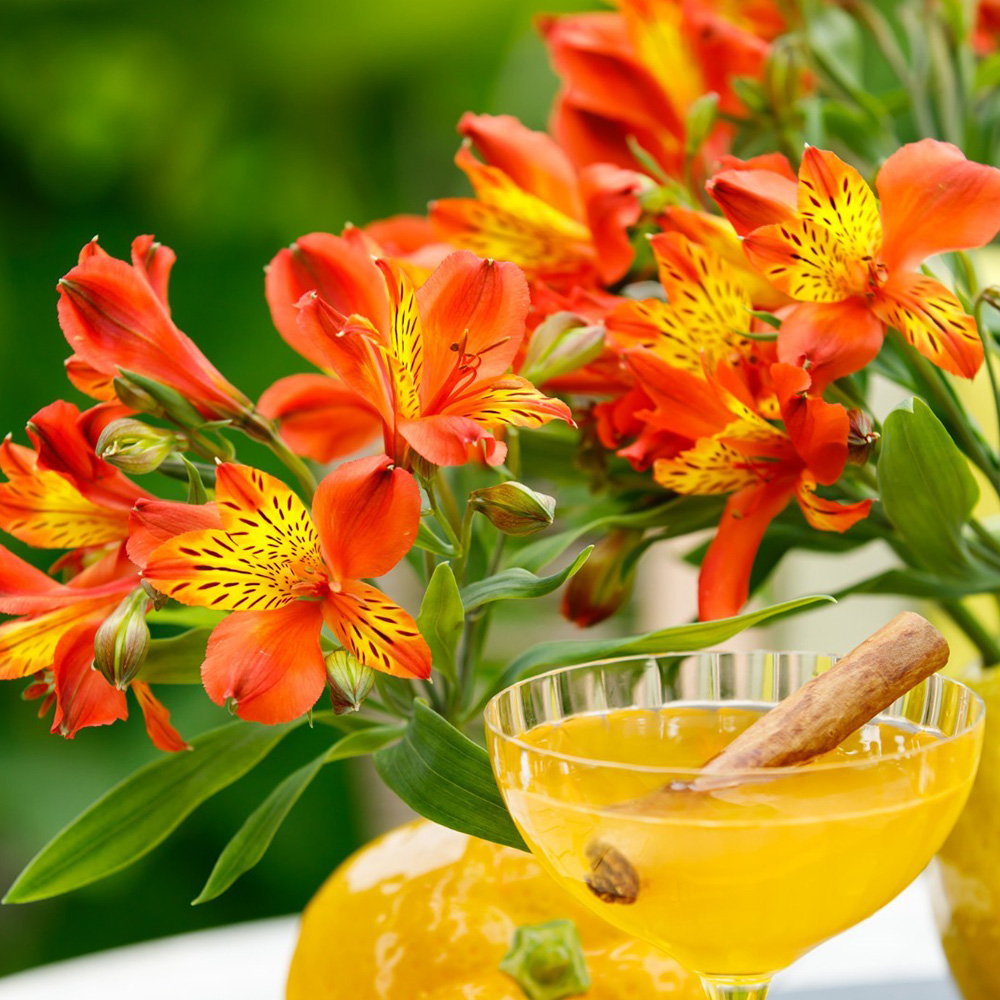
Orange Flowers for Gardens
In the garden, orange flowers serve more than decorative roles. They bring structure, contrast, and ecological value, attracting pollinators such as bees and butterflies.
Lantanas are among the most adaptable choices. Their clustered flowers and ability to thrive in heat make them ideal for low-maintenance spaces.

Tithonia, known as the Mexican sunflower, grows tall and strong, providing continuous color through the warmer months.
Crocosmia adds movement through its arching stems, while Echinacea introduces endurance and medicinal heritage to outdoor planting.

In tropical or semi-tropical regions, Canna lilies and Orange Hibiscus lend height and a sense of permanence. Both flourish in full sun and pair well with green foliage.

Smaller species such as Daylilies and Nasturtiums are suited for compact spaces and container gardens. Their consistent color and long flowering period make them practical additions to everyday gardens.
Orange flowering plants work well when balanced with cooler colors like purple or soft greens, creating harmony rather than contrast.
Trees With Orange Flowers
Some trees are celebrated for their large orange flower clusters that shape entire landscapes. The Flame Tree (Delonix regia) is a well-known example. Its broad canopy and dense color mark the arrival of warm seasons in many tropical regions.

The African tulip tree (Spathodea campanulata) produces trumpet-shaped orange flowers that attract birds and bees. Its leaves remain green most of the year, providing balance between flowering cycles.

Other trees, including Peltophorum pterocarpum and Cordia sebestena, deliver periodic orange displays that contribute to biodiversity and offer shade in urban and rural areas alike. These trees represent the larger expression of what orange flowers symbolize — energy, growth, and resilience.
How Orange Flowers Elevate Floral Design
In design, orange is a connector. It merges the intensity of red with the brightness of yellow, resulting in harmony rather than contrast. When used with red or yellow tones, orange enhances depth. When combined with green or beige, it feels grounded. Pink or coral shades add softness for more personal compositions.

Orange also adapts across seasons. It mirrors the light of summer and the tones of autumn, fitting easily within natural and celebratory contexts. Designers often work with roses, Ranunculus, or Gerberas to form the base of arrangements, adding materials like grass, foliage, or berries for structure. This balance of texture gives each design character while maintaining restraint — a quality that aligns with modern floral practice.
Growing and Caring for Orange Flowering Plants
Cultivating orange flowering plants is generally uncomplicated with the right conditions. Most varieties prefer full sun and well-drained soil. Annual species such as Marigolds and Nasturtiums grow quickly and provide continuous color through the season. They require moderate watering and respond well to nutrient-rich compost.

Perennials like Echinacea, Crocosmia, and Canna Lilies return year after year with minimal attention, provided they have sunlight and space.
Shrubs such as Ixora and Bougainvillea benefit from regular pruning, encouraging new shoots and consistent flowering. These thrive in warmer regions and tolerate dry spells.

For large-scale planting, trees like the Flame Tree or African Tulip Tree should be positioned where they receive uninterrupted sunlight. Once mature, they need little maintenance beyond occasional trimming. Good garden practice also includes mulching to preserve soil moisture and deadheading to extend flowering periods. These simple methods sustain plant health and keep the garden balanced.
When and Where to Use Orange Flowers
Orange flowers are versatile and can be used in various contexts, including events, interiors, gardens, and landscapes. In weddings, softer shades such as apricot and peach introduce warmth without overpowering other colors. Paired with cream or white, they bring a natural harmony suitable for both rustic and formal settings.

- In corporate or event environments, stronger orange tones can create a sense of energy. They encourage focus and optimism, making them useful in shared or creative spaces.
- In homes, a vase of orange tulips or marigolds can shift the tone of a neutral room, adding comfort and movement.
- In gardens, orange flowers not only add color but also support biodiversity. Their visibility attracts pollinators, improving the ecosystem’s balance.
- As a gift, orange flowers express appreciation, support, and enthusiasm. They suit milestones and beginnings — times when words of encouragement mean most.

Orange flowers remind us that color carries emotion. They combine energy with steadiness, offering a bridge between intensity and calm. In design, they unite compositions; in gardens, they invite life. Whether found on a small stem or across the canopy of a tree, orange flowers reflect growth and renewal. Their presence speaks of movement — of things changing, improving, and coming into form. They show that nature’s language doesn’t need exaggeration to be heard. Sometimes, quiet color says enough.
Header and feature image by @Bredefleur.

